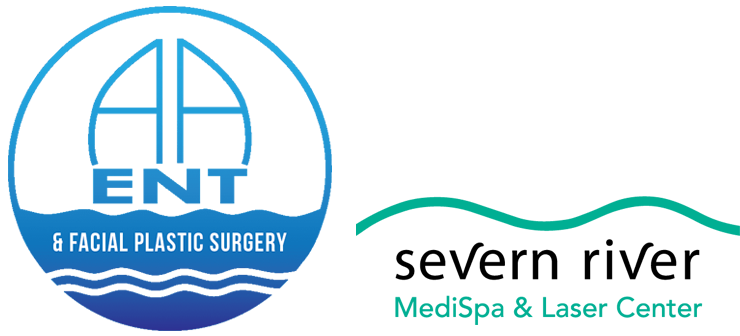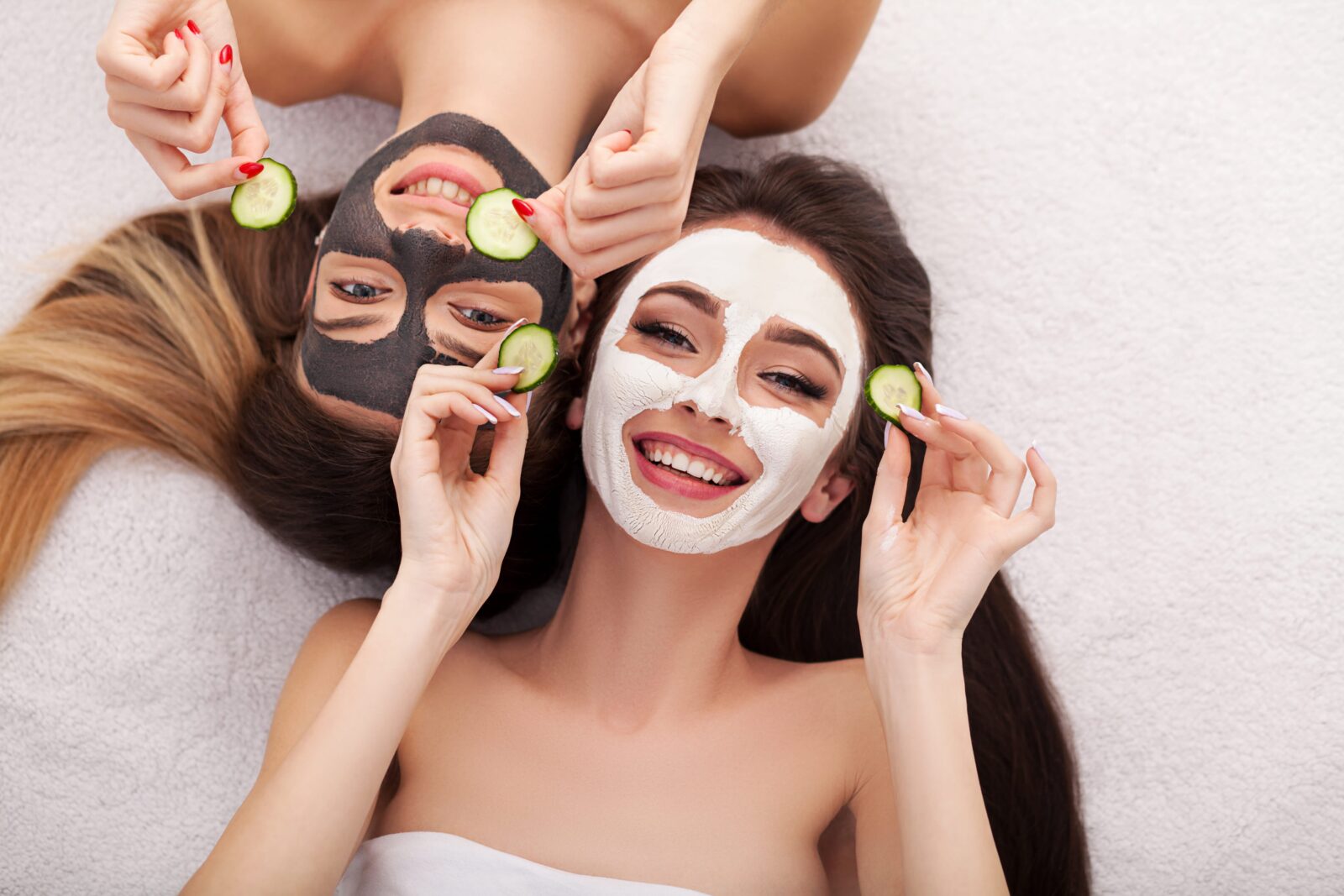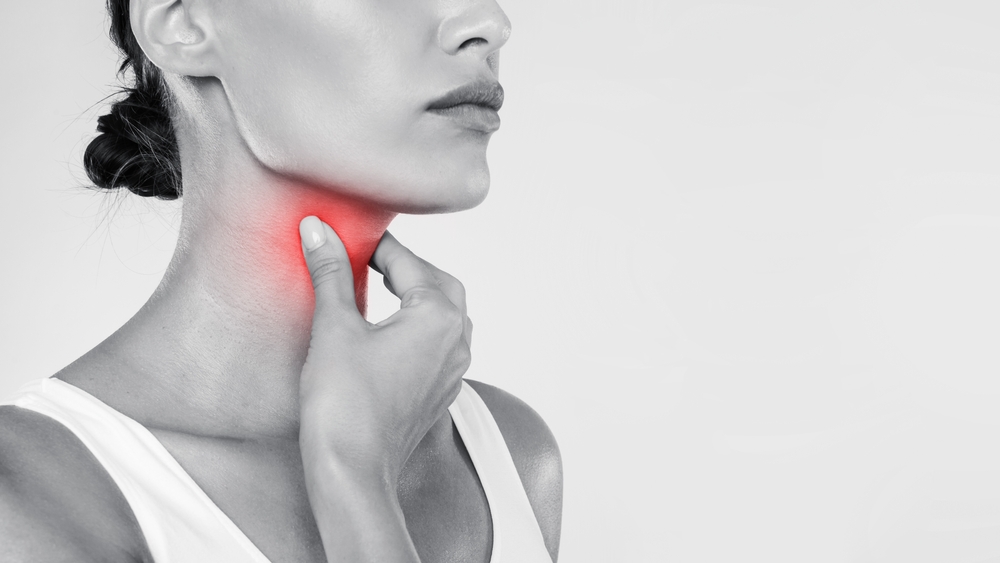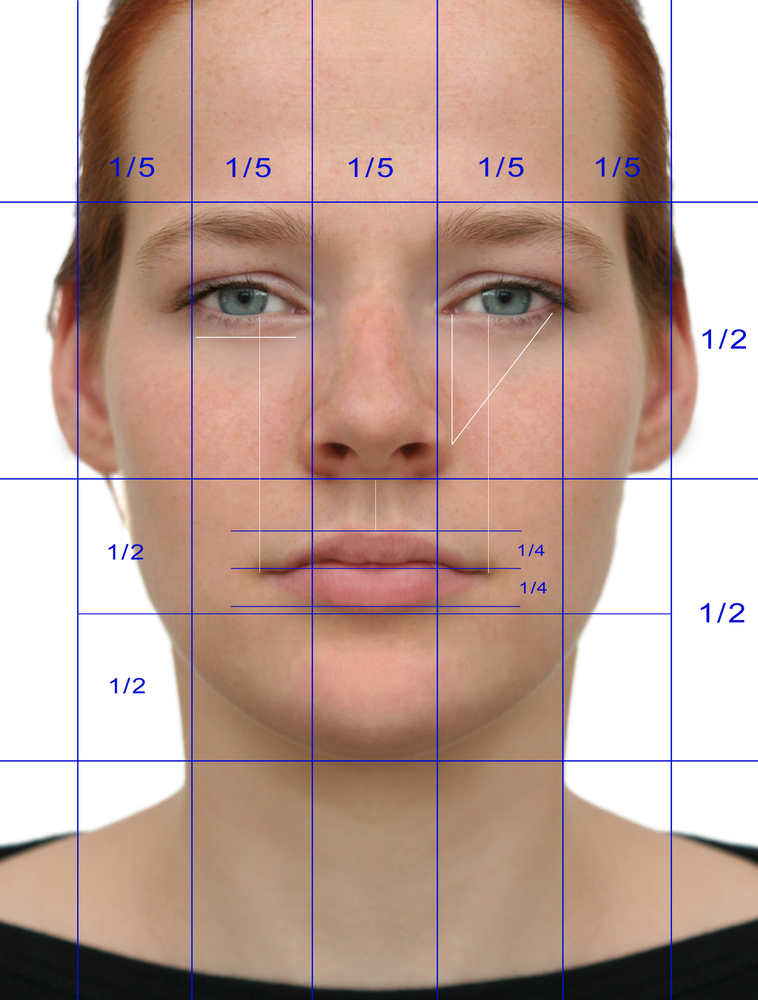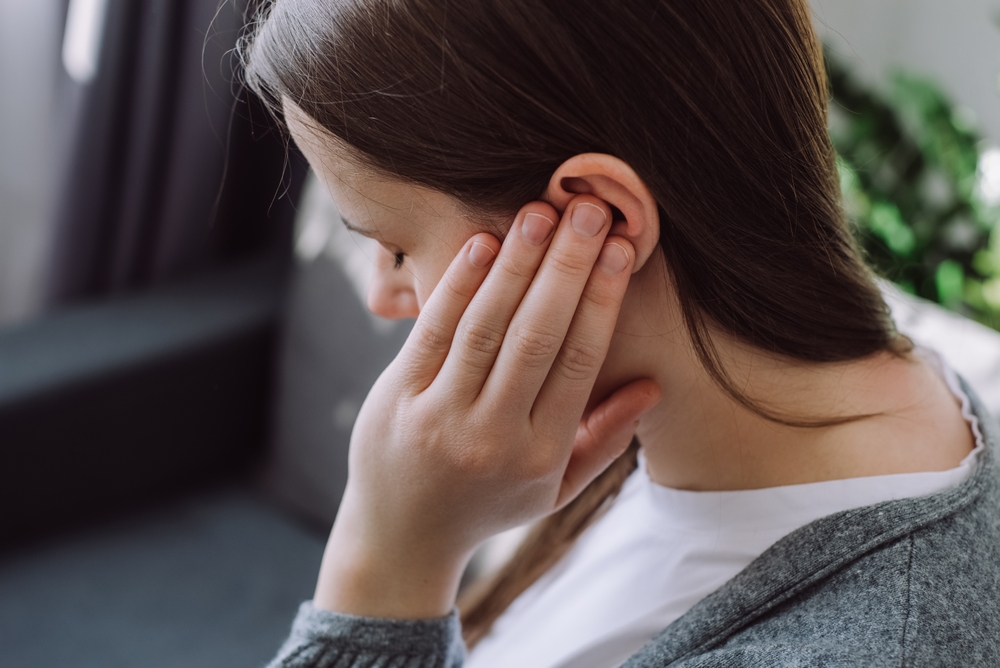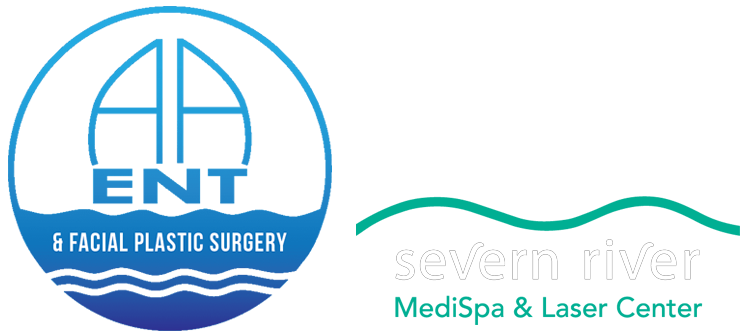Facials are a popular form of skincare treatment that have been around for centuries. Whether you’re looking to brighten your complexion, reduce the appearance of fine lines and wrinkles, or simply relax and pamper yourself, facials can provide a wide range of benefits for your skin. But how exactly do facials work, and why are they so effective? In this blog, we’ll take a closer look at the science behind facials, exploring the various types of facial treatments, the ingredients that are commonly used, and the factors that can affect their overall effectiveness.
Understanding How Facials Work
To understand how facials work, it’s helpful to start by exploring the anatomy of the skin. The skin is the body’s largest organ and consists of three main layers: the epidermis, dermis, and subcutaneous tissue. Each of these layers plays an important role in the overall health and function of the skin, and different facial treatments are designed to target each of these layers in different ways.
There are many different types of facial treatments available, each with their own unique benefits and mechanisms of action. Different facial treatments target the different layers of the skin using a variety of techniques and ingredients. Here are a few examples of how different facial treatments can work to improve the health and appearance of the skin:
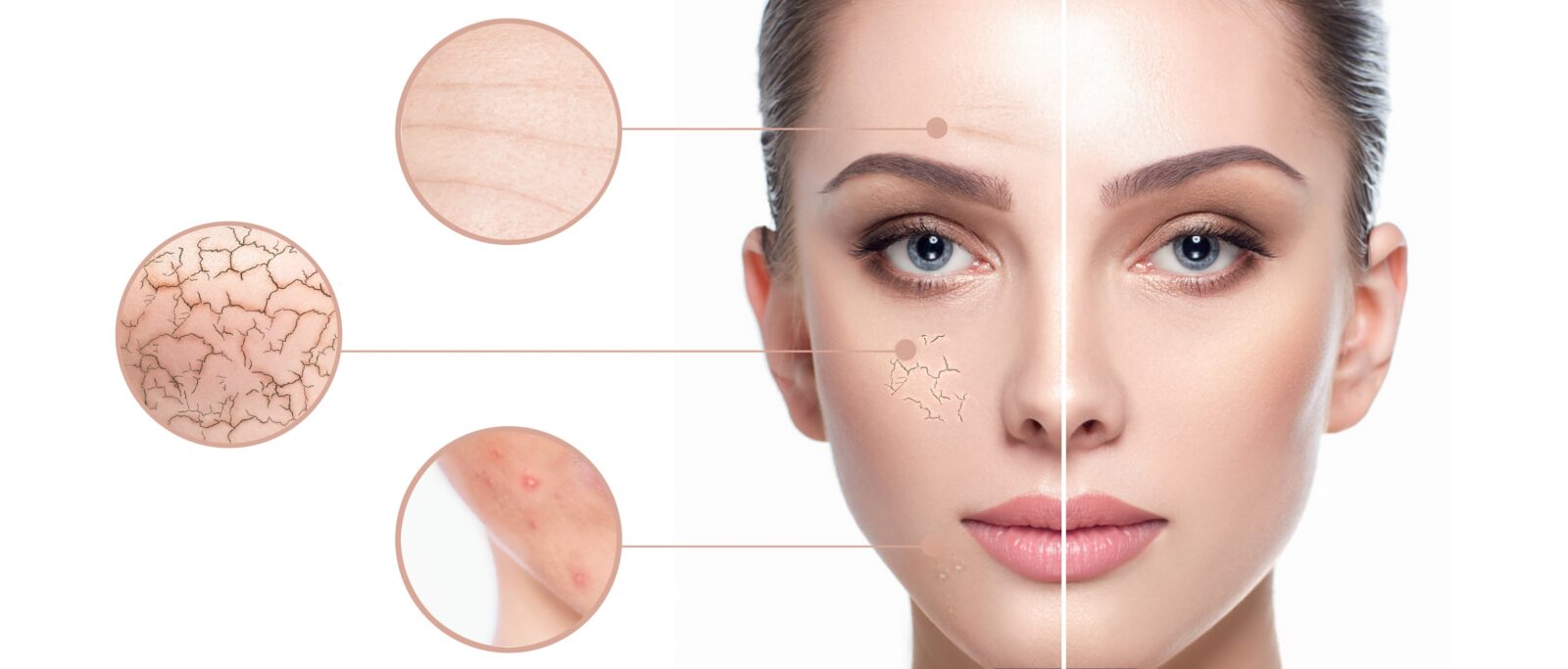
- Exfoliating facials: Exfoliating facials work to remove dead skin cells from the surface of the skin, which can help to improve the overall texture and appearance of the skin. These treatments can use physical exfoliants, like scrubs or microdermabrasion, or chemical exfoliants, like alpha- and beta-hydroxy acids, to dissolve dead skin cells.
- Hydrating facials: Hydrating facials are designed to infuse the skin with moisture, which can help to plump up the skin and reduce the appearance of fine lines and wrinkles. These treatments may use ingredients like hyaluronic acid, which can hold up to 1000 times its weight in water, to help draw moisture into the skin.
- Anti-aging facials: Anti-aging facials are designed to help reduce the appearance of fine lines and wrinkles by stimulating collagen production in the skin. These treatments may use ingredients like retinol or peptides, which have been shown to help boost collagen production and improve the overall texture and tone of the skin.
- Brightening facials: Brightening facials are designed to help reduce the appearance of dark spots and hyperpigmentation on the skin. These treatments may use ingredients like vitamin C, which has been shown to help brighten the skin and reduce the appearance of dark spots over time.
- Detoxifying facials: Detoxifying facials are designed to help draw out impurities and toxins from the skin, which can help to reduce the appearance of acne and other blemishes. These treatments may use ingredients like activated charcoal or clay, which can help to absorb excess oil and impurities from the skin.
Overall, different facial treatments can target the different layers of the skin using a variety of techniques and ingredients, which can help to improve the overall health and appearance of the skin. By choosing a facial treatment that is tailored to your specific skin concerns, you can help to achieve the best possible results for your skin.
Benefits and Effectiveness of Facials
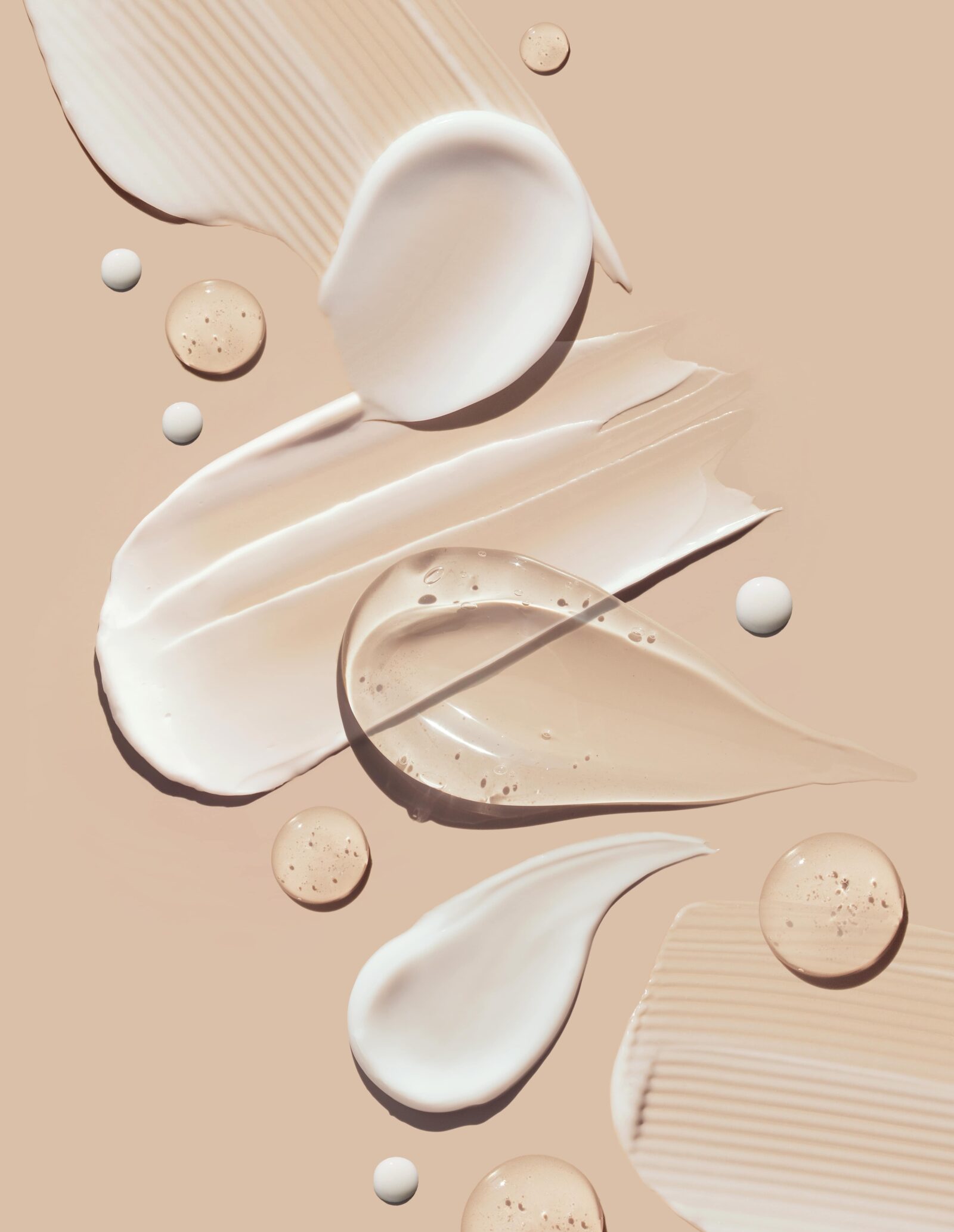
One of the key benefits of facials is that they can help to improve the health of the skin in a variety of ways. For example, by removing dead skin cells and unclogging pores, facials can help to reduce the appearance of acne and other blemishes. They can also help to improve skin hydration, which is essential for maintaining a healthy, youthful appearance. Research has also shown that certain facial treatments can help to increase blood flow to the skin, which can improve the delivery of essential nutrients and oxygen to the skin cells.
Another important factor to consider when it comes to the effectiveness of facials is the ingredients that are used in the various treatments. There are a wide variety of ingredients that are commonly used in facials, each with their own unique properties and benefits. For example, vitamin C is a powerful antioxidant that can help to protect the skin against environmental damage, while hyaluronic acid is a highly moisturizing ingredient that can help to plump up the skin and reduce the appearance of fine lines and wrinkles.
Finally, it’s worth noting that there are a number of different factors that can affect the overall effectiveness of facials. For example, environmental factors like sun exposure and pollution can have a negative impact on the health of the skin, while lifestyle factors like smoking and poor diet can also take a toll. Genetics can also play a role in determining the overall health and appearance of the skin. That said, there are steps that you can take to maximize the benefits of facials, such as protecting your skin from the sun, eating a healthy diet, and getting enough sleep.
In Conclusion
In conclusion, facials are a highly effective form of skincare treatment that can provide a wide range of benefits for your skin. By targeting different layers of the skin and using a variety of ingredients and techniques, facials can help to improve the health and appearance of your skin in many different ways. So if you’re looking to pamper yourself and give your skin a little extra TLC, consider booking a facial and experiencing the science behind their effectiveness for yourself!
